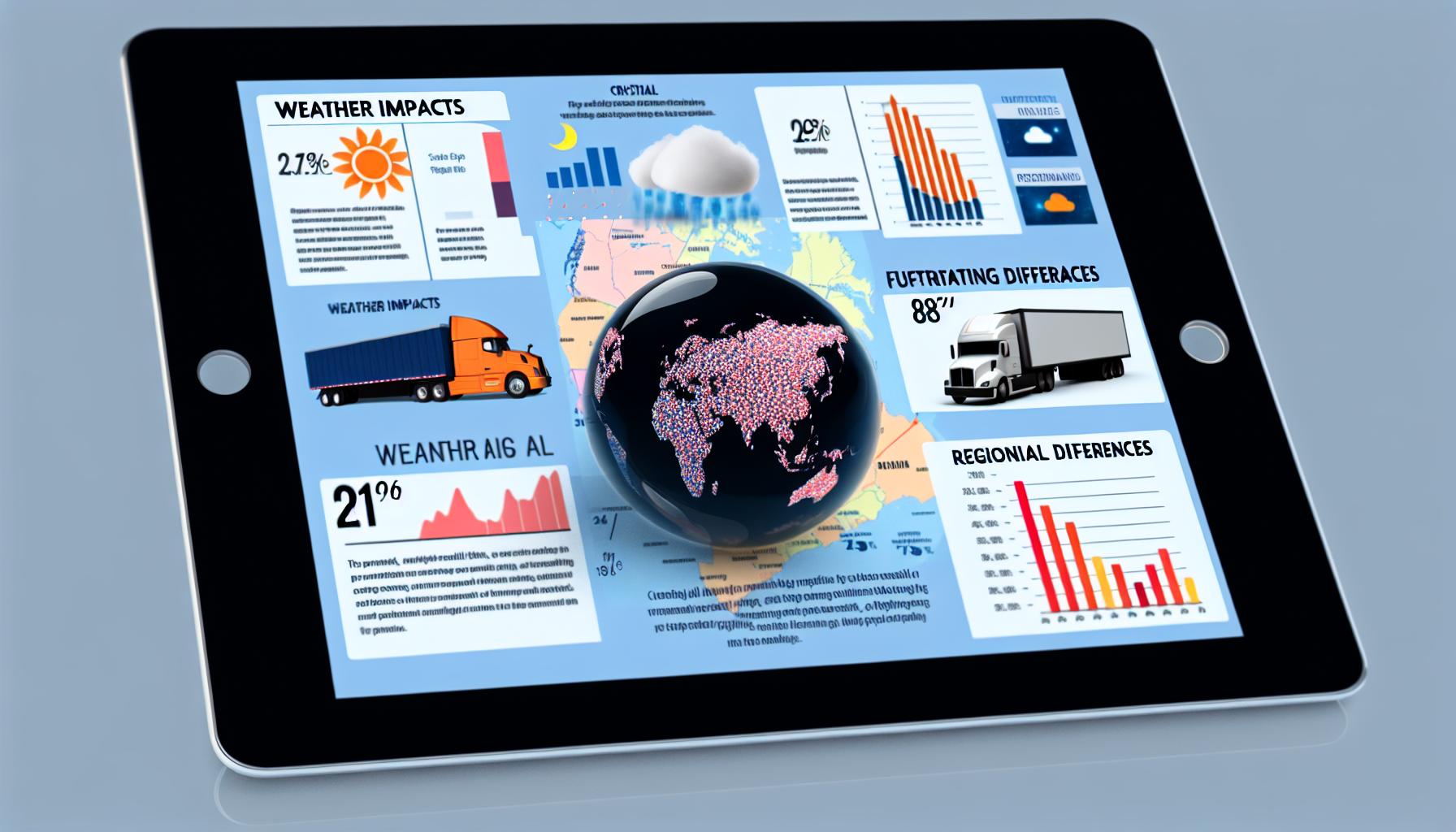Transfix Take Podcast | Ep. 22 – Week of Oct. 13
Transportation Markets Steady, Rates Rising
While news of supply chain constraints and congestion blanketed the media, and worried consumers started seeing daily effects from disruptions, there was not much of a shift in over-the-road (OTR) markets last week. High volumes and tender rejections have slightly pulled back, coming off end-of-quarter pressure, but this has not had much of an impact on rates, which are still climbing nationwide.
The West Coast market is putting pressure on the national average, with rates rising 10% in just the past couple of weeks. The DAT’s load-to-truck ratios (LTR) on the West Coast is jaw-dropping: The average LTR there has doubled since the week of Sept. 15.
Surprisingly, we are seeing some relief in the Midwest and Northeast. These regions are still seeing rate increases, but they are not as pronounced as what we experienced during previous weeks. According to Journal of Commerce’s Ari Ashe, the stabilizing of the recent chassis recall, which had drawn trucks to support the rail yards, could be causing some of the loosening capacity in the Midwest.
We expect similar trends to continue this week, especially out of the West Coast, as shippers are battling to move goods around constraints. More freight is hitting OTR instead of utilizing the rails. Congestion and high rail spot rates are making OTR a cheaper option in some cases. As we noted last week, more of the overall volume is shifting to longer lengths of haul, which is likely to keep the truckload spot market from cooling off. All this points to the market staying in drivers’ favor, with no end in sight.
During the past year and a half, we have seen lots of partnerships and changes in the industry, as well as a fast-forwarding of technology improvements. Despite all this, progress is barely visible when consumers enter a retail or grocery store. Labor shortages continue to be a pain point in the transportation industry. Traditionally, carriers would hire more drivers and buy more trucks to service peaks, but because of shortages in both areas, this freight cycle is different. We expect this to continue well into 2022, and we expect that shippers will want to secure partners who will work to get them through future disruptions.
LMI: Capacity Keeps Declining
September’s Logistics Managers’ Index (LMI), a survey of logistics executives, continued 16 months of declining capacity, with the capacity component of the survey coming in at 37.2%. The LMI is a diffusion index: A reading above 50% indicates expansion and a reading below 50% indicates contraction.
Transportation capacity has been in the 30% range (“significant contraction”) for 12 of the past 14 months, FreightWaves reports.
“The Transportation Capacity Index remains historically low, indicating continued downward pressure,” the report read. “Further, our data indicates that the downward pressure on transportation capacity remains extremely strong for downstream firms in supply chain, indicating that companies are facing significant challenges in ramping up shipments for the holiday season.”
The report also notes that the large number of ships at anchor off the West Coast is causing significant delays. The ripple effects include high costs up and down the supply chain, imbalances in trailer positioning for ground carriers, and a warehousing and storage crunch.
The movement of freight is changing in every mode, as shippers do their best to keep up with record demand while fighting congestion at multiple points throughout the supply chain. Shippers who think forward, use data and think outside the proverbial box on solutions, while partnering with companies such as Transfix, will come out of this ongoing freight rally in a better position and well ahead of competitors. The one huge win through this pandemic has been speeding up the digital transformation of the transportation industry.
With the uncertainty and volatility surrounding the U.S. economic recovery, shippers need a partner that can help them adapt and excel — no matter the circumstance. Shippers turn to Transfix for our leading technology and reliable carrier network. As volumes drive higher, we are here to help: Learn more about our Core Carrier program and Dynamic Lane Rates. As part of our ongoing market coverage, we’ll continue to provide breaking news, resources and insight into emerging trends and the pandemic’s impact on the transportation industry.
This communication may contain certain forward-looking statements that are not statements of historical facts. All such statements are based on current expectations as well as estimates and assumptions that, although believed to be reasonable, are inherently uncertain. These statements involve numerous risks and uncertainties, and actual results may differ materially from those expressed in any forward-looking statements. We undertake no obligation to update or revise any of the forward-looking statements contained herein, whether as a result of new information, future events, or otherwise.




